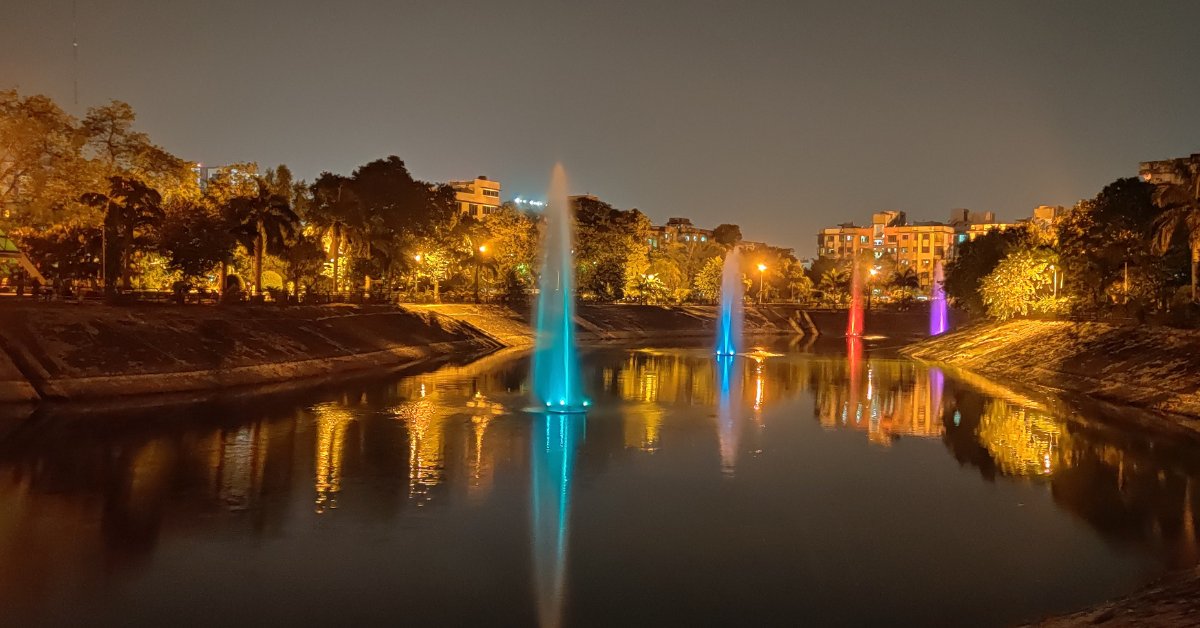Surat, a major city in Gujarat, India, is well-known globally for its diamond and textile industries. However, in Japan, the city is less recognized, and confusion often arises around its kanji notation and cultural image. This article explores the linguistic background of Surat’s name, its historical and economic role, and the unique image it holds in Japanese perception.
The Name and Kanji Notation of Surat
Surat is written as Surat in English and is one of India’s most economically significant cities. In Japanese, it is usually written in katakana as “スーラト” (Sūrato) or “スラート” (Surāto). There is no official kanji notation in Japanese. In Chinese, however, it is written as “苏拉特,” which is a phonetic transliteration based on sound rather than meaning.
Here is a table for comparison:
| Language | Notation | Notes |
|---|---|---|
| English | Surat | Internationally used notation |
| Japanese | スーラト / スラート | Katakana only |
| Chinese | 苏拉特 | Phonetic transliteration |
| Hindi | सूरत (Surat) | Official local notation |
Thus, the idea of Surat having a kanji notation in Japanese often arises from confusion caused by seeing the Chinese transliteration.
The Image of Surat for Japanese People
For Japanese people, Surat is less familiar than cities like Delhi or Mumbai, yet certain impressions do exist:
- The City of Diamonds
Surat is known worldwide for diamond cutting and polishing, with a large share of the global diamond trade passing through the city. - The Hub of the Textile Industry
As one of India’s leading textile centers, it is known for fabrics and saris. - A Historic Port Town
Since the Mughal era, Surat has thrived as a trading hub, acting as a gateway to Europe.
Here is a summary table of these impressions:
| Field | Japanese Image | Background |
|---|---|---|
| Jewelry | The Diamond City | Global cutting and polishing hub |
| Textiles | Industrial City | Major producer of saris and fabrics |
| History | Trading Port | Gateway for foreign commerce |
Surat as a Sports City
While Surat is strongly associated with industry, in recent years it has also been gaining recognition as a city of sports.
- Cricket
As India’s most popular sport, cricket thrives in Surat, with local leagues, clubs, and new stadium facilities for young players. - Kabaddi and Athletics
Traditional Indian sports like kabaddi, as well as track and field events, are also actively practiced. - Community Sports
Jogging and cycling have become popular among citizens, reflecting rising health consciousness.
The table below summarizes Surat’s sports culture:
| Sport | Features | Impact on Citizens |
|---|---|---|
| Cricket | National sport | Youth development, community unity |
| Kabaddi | Traditional sport | Reinforces cultural identity |
| Athletics | Frequent competitions | Promotes health awareness |
| Cycling | Citizen participation | Expands urban sports events |
The Overlap of History and Economy in Surat
Surat is not just an industrial city; it is a composite city where history and economy overlap. During the Mughal Empire, it was one of western India’s most important ports, serving as a trading hub with Europe. This legacy continues today, with diamonds and textiles as its economic backbone.
With India’s economic growth, Surat has also become attractive for global business. Infrastructure and urban planning are rapidly advancing, and foreign companies are increasingly setting up operations in the city.
The relationship between history and economy can be seen in the following table:
| Era | Characteristics | Role of the City |
|---|---|---|
| Mughal Empire | Trading hub | Gateway to Europe |
| Colonial Period | Under European control | Key port for trade |
| Modern Times | Industrial city | Diamond and textile center |
The Multifaceted Charm of Surat
The charm of Surat lies in its three pillars of industry, history, and sports.
- Economic strength supported by diamonds and textiles
- Historical significance as a hub of trade and commerce
- Sports culture deeply rooted in daily life
Together, these elements shape Surat as more than an industrial city—it is also a city of culture and vitality. While it is not yet well-known in Japan as a tourist destination, its role in industry and sports is likely to create new opportunities for cultural and economic exchange.
Conclusion
In Japanese, Surat is written only in katakana, while the kanji form “苏拉特” comes from Chinese phonetic transliteration. For Japanese people, the city is primarily associated with its diamond and textile industries, but in recent years it has also been gaining recognition as a sports hub.
Looking ahead, Surat is expected to strengthen its ties with Japan not only through business but also through sports and cultural exchanges. The city can be seen as a forward-looking hub that combines economic influence, historical depth, and cultural vitality.






